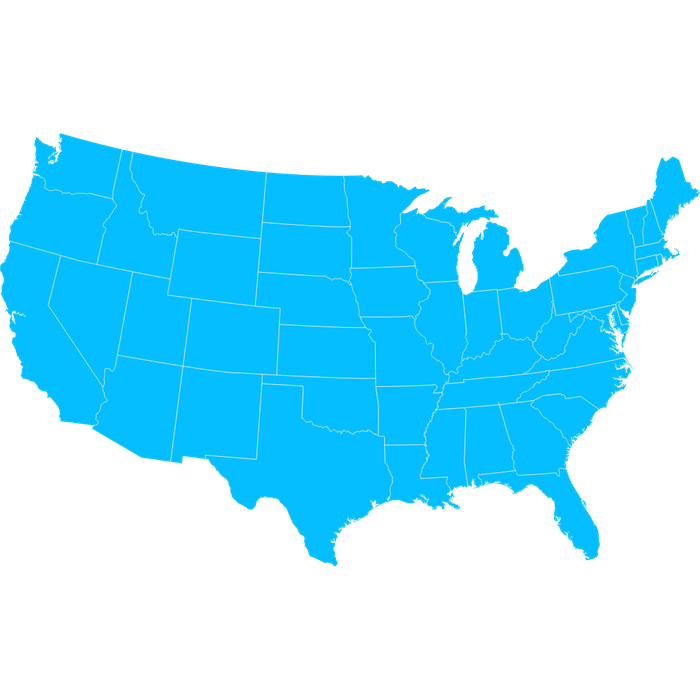For business owners who struggled financially during the COVID pandemic and are looking for tax credit relief, COVID-ERC can provide the much-needed financial assistance you need to keep your business above ground. Continue reading to find out the details about the financial relief provided by the COVID business tax credit and whether or not you qualify. If you are hoping to protect your business and utilize the support provided by COVID-ERC, reach out to The Marshall Group today.
Who is Eligible for COVID Business Tax Credit Relief?

COVID-ERC Vs. Disaster-ERC
The Employee Retention Tax Credit is one of our Employer Incentives. The most current version of the tax credit was signed into law as a result of the COVID-19 crisis with the CARES Act in 2020. It was then updated by the CAA and then again by ARPA. However, there is a previous version of the Employee Retention Tax Credit that focuses on Disaster Relief. To clarify the differences between the two, we call the current version COVID-ERC (C-ERC) and the previous version Disaster-ERC (D-ERC). If you own a business that has been suffering financially as a result of the COVID pandemic, reach out to The Marshall Group Today.
Key Takeaways From COVID-ERC
ERC provides a refundable credit of up to $5,000 per eligible employee between March 12, 2020 - December 31, 2020.
ERC provides a refundable credit of up to $28,000 per qualified employee between January 1, 2021 - December 31, 2021.
You qualify if you were fully or partially impacted or if your gross receipts fell below 50% for the same quarter in 2019 (for 2020) and below 80% (for 2021).
If you were not in business in 2019, you can use the corresponding quarters from 2020.
You can claim your credit immediately by reducing payroll taxes sent to the IRS.
If your credit exceeds payroll taxes, you will be refunded the difference from the IRS.
If you received the PPP loan, you can still claim ERC for qualified wages not treated as payroll costs in obtaining forgiveness for the PPP loan.

What is the COVID-ERC and What Does It Do?
In 2020, The Coronavirus Aid, Relief, and Economic Security (CARES) Act created a new employee retention tax credit for employers who closed (partially or fully) and experienced significant revenue losses resulting from COVID-19. The purpose of the COVID tax credit is to keep workers on the payroll during the pandemic. The Employee Retention Tax Credit is an offset to payroll taxes and is not considered an income tax credit. The original credit began on March 12, 2020, and its original expiration date was the end of 2020. The Consolidated Appropriations Act of 2021 extended ERC through the first half of 2021, and then the American Rescue Plan (ARPA) extended it through the end of 2021.
Who Is Eligible for the COVID Tax Credit in 2020:
Private employers, including non-profits, carrying on a trade or business in 2020 that:
Have operations partially or fully suspended as a result of orders from a governmental authority due to COVID-19.
Experience a decline in gross receipts by more than 50% in a quarter compared to the same quarter in the prior year.
Who Is Eligible for the COVID Tax Credit in 2021:
Private employers, including non-profits, carrying on a trade or business in 2020 or 2021 that:
Have operations partially or fully suspended as a result of orders from a governmental authority due to COVID-19.
Experience a decline in gross receipts by more than 20% in a quarter compared to previous alternative quarters in 2020 or 2019.
Commonly Asked Questions:
How Much Is The Tax Credit?
C-ERC is a 70% tax credit for the first $10,000 of earnings paid each quarter between January 1, 2021, and December 31, 2021, per eligible employee. This amount can include the employer portion of health benefits. Basically, for every eligible employee during this period, an employer would receive a $7,000 tax credit per quarter, totaling $28,000 per employee for the fiscal year 2021.
Additionally, an employer can claim a 50% tax credit for the first $10,000 of earnings paid to an employee between March 12, 2020, and December 31, 2020. Claiming both 2020 and 2021 ERC would maximize the C-ERC for an employer at $33,000 per eligible employee.
How Is The COVID Tax Credit Taken?
The COVID-ERC is applied against the employer portion of payroll taxes. The ERC is "fully-refundable" because if the credit exceeds the employer's share of payroll taxes, then the excess is treated as an overpayment and refunded to the employer. In order to claim the COVID tax credit, the employer must claim it on their quarterly return Form 941. Reach out to The Marshall Group for help receiving your COVID tax relief.
Can an Employer Take Both PPP and ERC?
As of December 21, 2020, and the passing of the Consolidated Appropriations Act of 2021, employers can utilize both the Paycheck Protection Program (PPP) and ERC. Congress will allow employers to claim both, but not for the same dollars of payroll costs. The tax credits can be stacked for the highest benefit to the employer.
Key Takeaways from Disaster-ERC
D-ERC is an employee retention credit program.
You can claim D-ERC if your business operated in a disaster zone, losing business as a result.
D-ERC tax credit is a 40% tax credit per $6,000 of earnings paid per employee.
This totals to a maximum of $2,400 per employee per year.
D-ERC is filed with the employer's tax return.
What is Disaster-ERC?
The Further Consolidated Appropriations Act, signed on December 20, 2019, included an extension to the existing Employee Retention Credit for employers affected by qualified disasters during 2018 and 2019. ERC or ERTC is a tax credit that has been around for years, specifically focused on disaster areas.

Who Is Eligible for Disaster ERC?
Employers who operated in a qualified disaster zone and became inoperable due to the disaster continued to pay or incur wages for eligible employees. Currently (as of June 2, 2020), these areas were predefined by President Trump and included 282 counties in the following states:
Alabama
Alaska
Arkansas
California
Florida
Georgia
Hawaii
Indiana
Iowa
Mississippi
Missouri
Nebraska
North Carolina
Ohio
Oklahoma
South Carolina
South Dakota
Texas
Wisconsin
Commonly Asked Questions:
How Much Is The Tax Credit?
D-ERC is a 40% tax credit for up to $6,000 of earnings paid to each eligible employee (making the maximum credit $2,400 per eligible employee).
How Is The Credit Taken?
The Disaster-ERC is a Federal income tax credit and should be filed with the employer's tax return.
Whether you are a business owner looking for tax credit relief or someone simply looking to protect your assets and preserve your way of life, The Marshall Group can help. Your business is important to you, so it’s important to us. Let us help you insure your business and protect your livelihood from further financial harm!
